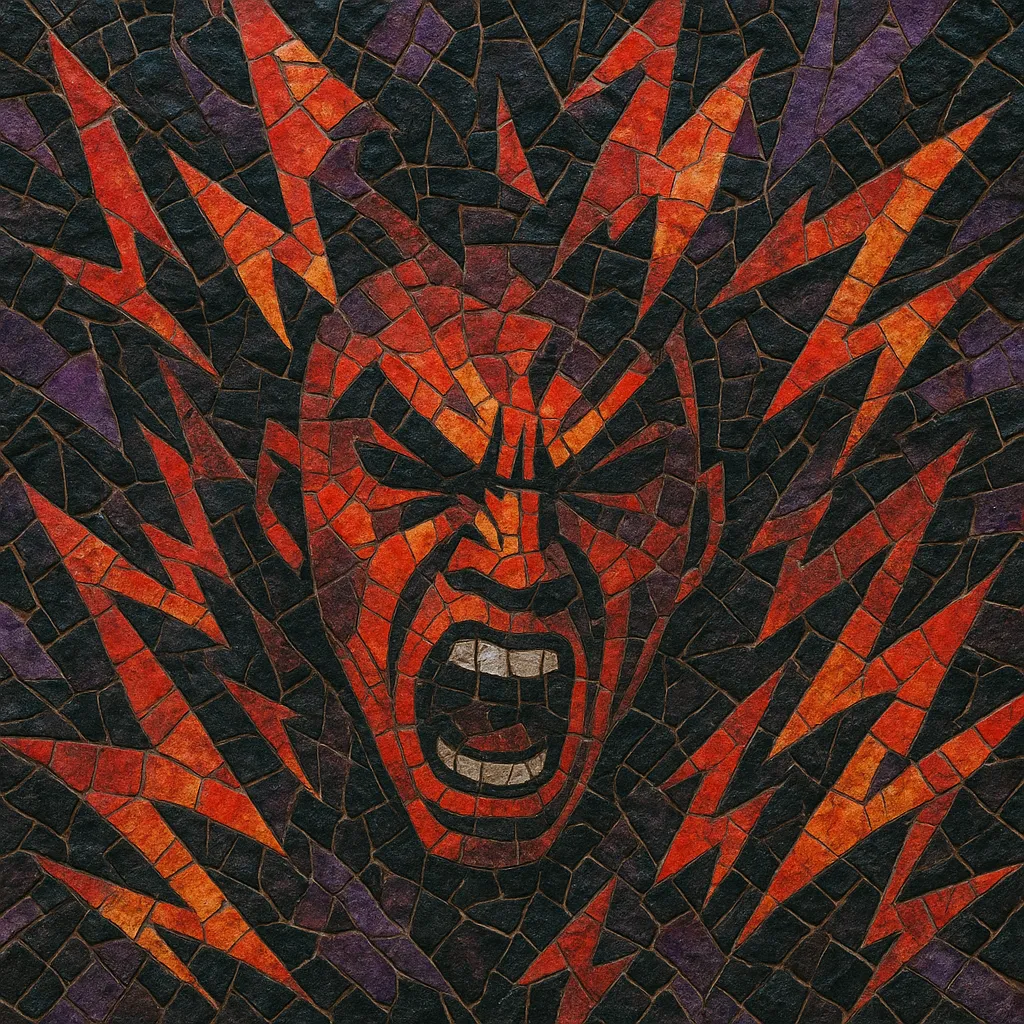Rage is a high-energy, synth-forward trap production style characterized by bright, detuned supersaw leads, pounding 808s, and fast, looping drum patterns built for explosive rap performances. It emphasizes instant-impact hooks, minimal chord movement, and anthemic drops that feel closer to festival EDM crescendos than traditional hip hop breakdowns.
The sound rose from the post–SoundCloud, punk-influenced branch of trap, drawing on the icy simplicity of Playboi Carti’s late-2010s palette and marrying it with trance/eurodance-styled leads and EDM trap dynamics. The result is a glossy, adrenalized bed for shouted, rebellious vocals—music designed for mosh pits, arena stages, and viral snippets alike.
Rage coalesced in the early 2020s in the United States as a distinct strain of trap production. Its roots trace to late-2010s minimalist, punk-leaning trap aesthetics (notably Playboi Carti’s direction), merged with EDM trap’s build/drop architecture and trance/eurodance supersaw timbres. Producers began prioritizing short, looping motifs that could explode into crowd-moving, festival-ready drops.
In 2020, Playboi Carti’s "Whole Lotta Red" intensified the punk energy, while producers like Working on Dying, F1lthy, and a wave of internet-native beatmakers refined the piercing synth-lead template. The term "rage" broke into wider discourse in 2021, catalyzed by Trippie Redd and Playboi Carti’s single "Miss the Rage," whose title became synonymous with the style. Simultaneously, artists such as Ken Carson, Destroy Lonely, SoFaygo, and Yeat pushed the sound across mainstream playlists and live shows.
By 2022–2023, rage had become a default high-octane option for rap albums and tours, prized for its immediate live payoff and viral potential on short-form video platforms. The style’s simplicity—relying on stark minor-key riffs, heavy 808 glides, and open-hat propulsion—made it easy to emulate and iterate, spawning countless YouTube tutorial ecosystems and beat marketplaces.
"Rage" in this context refers to a trap/EDM-hybrid production style and should not be confused with earlier terms like "ragecore" or with rap-rock acts whose name includes "Rage." In contemporary hip hop, "rage" often denotes the instrumental aesthetic, while "rage rap" names the rapper-forward offshoot built on these beats.


